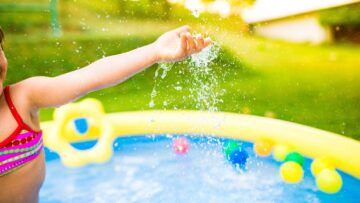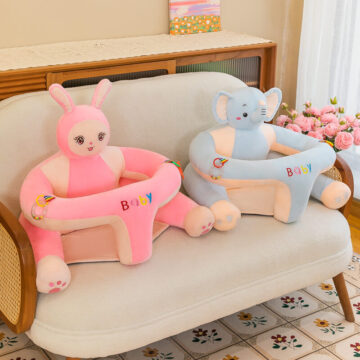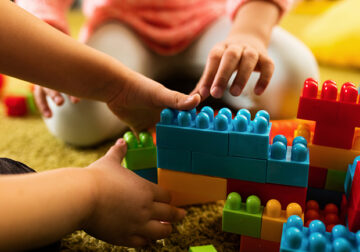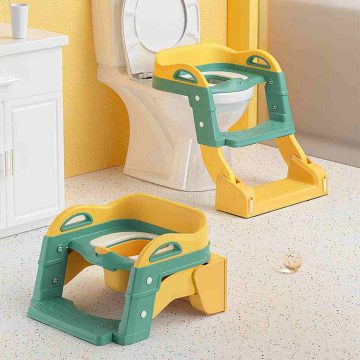
Potty training is a significant milestone in a child’s life, and as a parent, finding the right tools to ensure success is essential. One of the most crucial decisions you will make is selecting the right potty training seat for your child. In this guide, we’ll explore everything you need to know about potty training, from the signs that your child is ready to start, to choosing the right potty seat that fits your child’s needs and your lifestyle. Let’s dive in!
Understanding Potty Training
Potty training marks the transition from diapers to using the toilet independently, which can be both exciting and daunting for parents and children. While every child develops at their own pace, most children begin potty training between 18 and 24 months, though some may not be ready until they are older. It’s important to recognize that successful potty training is not just about having the right seat; it involves understanding your child’s emotional and physical readiness.
Signs Your Child is Ready for Potty Training
Before you invest in a potty training seat, ensure that your child is ready. Here are some signs that they may be ready to start potty training:
- Staying Dry for Longer Periods: If your child is staying dry for at least two hours at a time, it indicates that their bladder muscles are developing.
- Interest in Adult Bathroom Habits: If your child begins showing interest in watching family members use the toilet, it’s a sign they are curious and ready to learn.
- Discomfort with Dirty Diapers: When your child expresses discomfort with dirty diapers or wants to be changed immediately, they may be ready to learn to use the toilet.
- Motor Skills Development: Your child should be able to walk to the bathroom, pull their pants up and down, and sit still for a few minutes.
- Verbal Cues: If your child can communicate when they need to go potty, they are more likely to succeed.
Once you recognize these signs, it’s time to think about the tools that will make potty training easier. The most important of these tools is the potty training seat.
Types of Potty Training Seats
There are several types of potty seats on the market, each with its own advantages and disadvantages. The key is to choose one that will make your child feel comfortable and confident during the training process. Let’s take a look at the different options available:
1. Standalone Potty Chairs
These are small, child-sized toilets that are separate from the regular adult toilet. They are often the first choice for parents starting potty training as they are familiar and fun for children to use.
Pros:
- Easier for children to use without needing assistance.
- Portable, which means you can take them with you for trips or to different rooms.
- Some models come with features like fun colors and character designs, making them more appealing to children.
Cons:
- They take up more space in the bathroom or other areas.
- You may need to transition your child to the regular toilet later, which can cause some confusion.
2. Potty Training Seats for the Regular Toilet
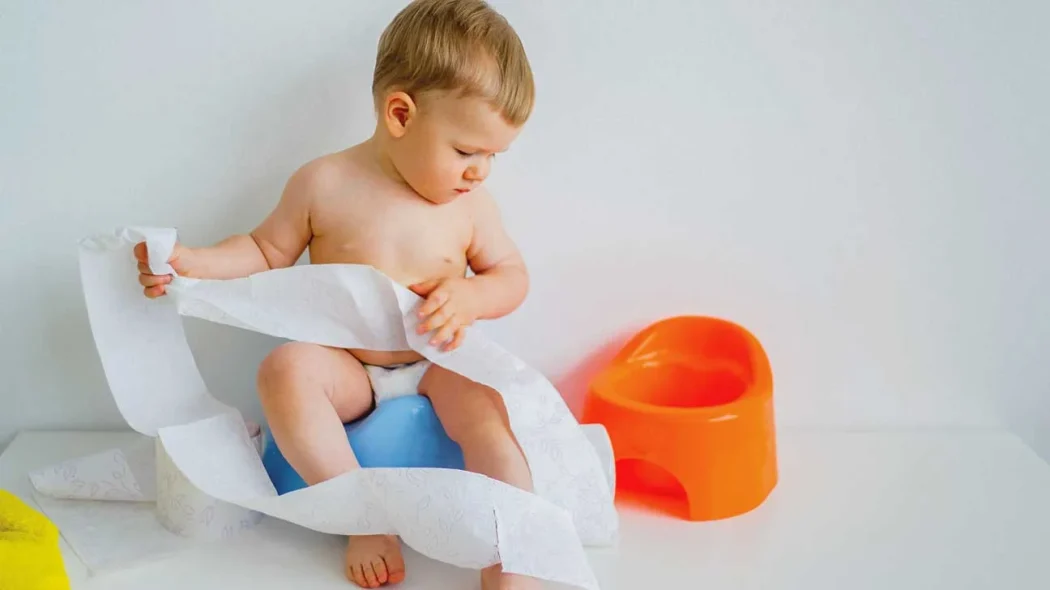
These seats fit onto your adult toilet, allowing your child to sit on the same toilet that everyone else in the household uses. These seats often come with handles for stability and security.
Pros:
- No need to transition to the regular toilet later, which can simplify the process.
- Saves space, as they can be easily stored after use.
- Many models are designed to fit all standard toilets and are easy to clean.
Cons:
- Some children may feel intimidated or scared of the regular toilet, especially if it’s larger than their comfort zone.
- It may take longer for your child to get used to using the adult toilet.
3. Trainer Seats with Step Stools
These are similar to the regular toilet seats, but they come with a built-in step stool to help your child reach the toilet more easily. The step stool can also help them feel more independent as they climb up and down on their own.
Pros:
- Provides a sense of independence and boosts confidence.
- Helps children reach the toilet easily without assistance.
- Many designs are compact and convenient.
Cons:
- May be more expensive than regular potty training seats.
- Some models can be tricky to install.
What to Look for in a Potty Training Seat
Selecting the right potty training seat for your child can feel overwhelming, but it doesn’t have to be. Here are the most important features to look for:
1. Comfort and Size
The potty seat should be comfortable for your child to sit on. Check if it provides proper support for their back and legs. Some seats come with padding or cushioned seats, while others offer a more basic design. The seat should also be the right size for your child, with an appropriately sized hole for their bottom.
2. Safety Features
Look for a potty training seat with features that will keep your child secure. Handles on the sides of the seat can provide stability as they sit down or get up. Anti-slip features, like rubber feet or non-slip bases, ensure that the seat won’t move around, providing extra security during use.
3. Ease of Cleaning
Comfortable Potty training is messy, so choosing a seat that is easy to clean is essential. Many potty chairs and trainer seats come with removable parts for easy cleaning, while others are designed to be wiped down quickly with a damp cloth. Choose a model that suits your cleaning preferences.
4. Portability
If you plan to travel or need to move the seat from one bathroom to another, consider the portability of the seat. Some seats are foldable or lightweight, making them ideal for on-the-go use. Portable potty training seats can also be useful if you have limited space at home.
5. Design and Appeal
Finally, choose a potty training seat that your child will love. Some seats are designed with fun colors, characters, or themes that make potty time more exciting. When children enjoy using their potty training seat, they are more likely to feel motivated and excited about the process.
Additional Tips for Successful Potty Training
- Be Patient and Encouraging: Potty training is a process that takes time. Be patient with your child and provide plenty of praise and encouragement.
- Create a Routine: Establish a consistent routine for potty, such as taking your child to the bathroom at regular intervals throughout the day.
- Stay Calm During Accidents: Accidents will happen, so stay calm and reassure your child that they can try again next time.
- Involve Your Child: Let your child be involved in choosing their potty seat and deciding when it’s time to go. This helps them feel more in control.
Potty Training Products at Chunnumunnu.pk
At Chunnumunnu.pk, we offer a wide range of high-quality potty seats designed to make your child’s potty training experience comfortable, fun, and successful. Whether you’re looking for a standalone potty chair or a seat for the regular toilet, we have the perfect solution for you. Our products are designed with safety, comfort, and ease of use in mind, ensuring that your child has the best possible start to their potty journey.
Visit Chunnumunnu.pk to browse our selection of potty training products and discover the perfect seat for your child today!
Conclusion
Choosing the right potty seat is an essential part of the potty process. Whether you opt for a standalone potty chair or a trainer seat for the regular toilet, it’s important to choose a seat that is comfortable, safe, and easy to use. By understanding your child’s needs and preferences, and selecting a high-quality potty seat, you can help make the transition to using the toilet a positive and successful experience.














